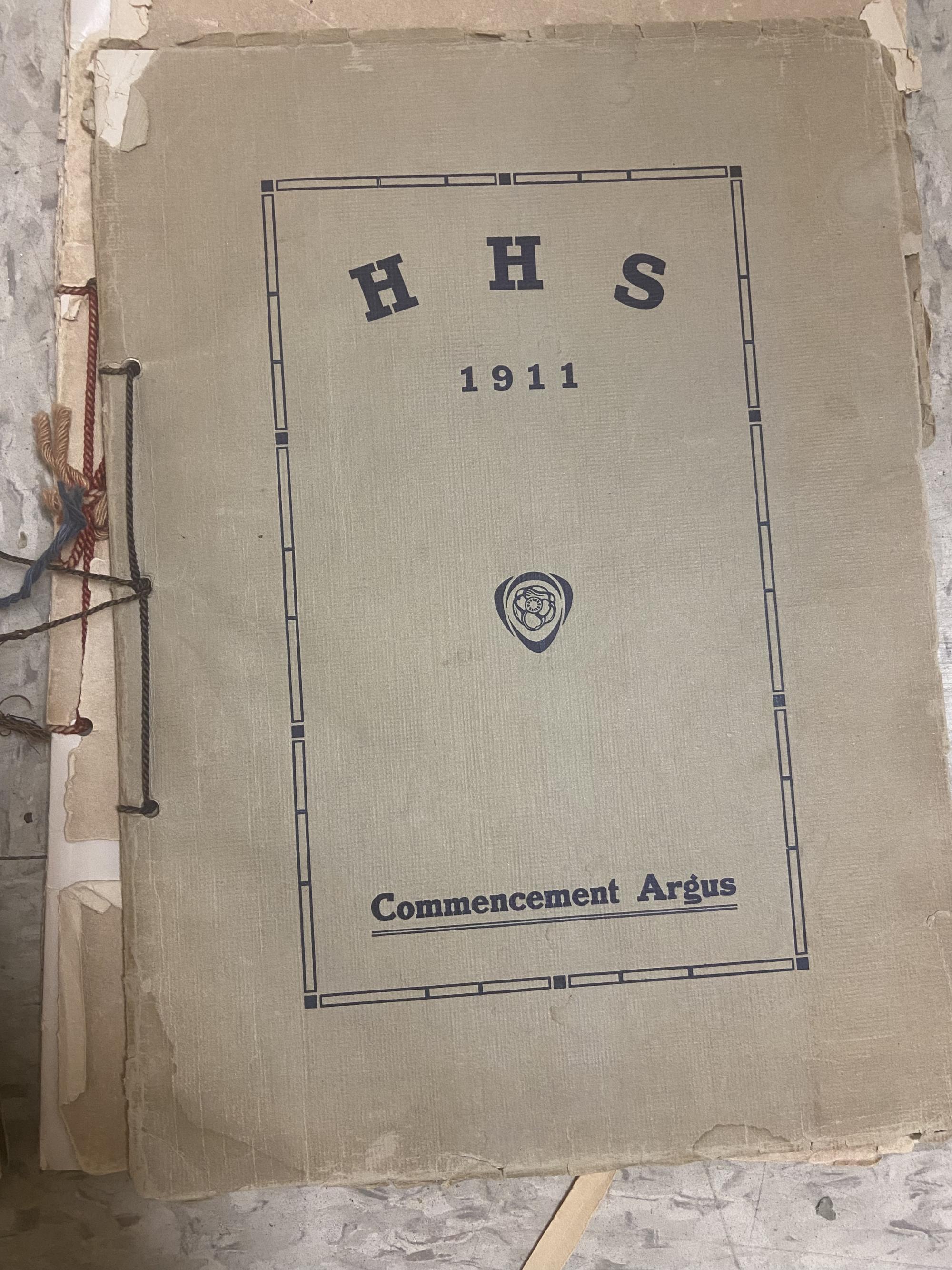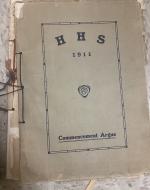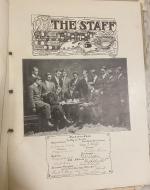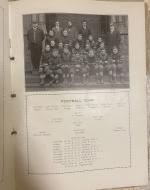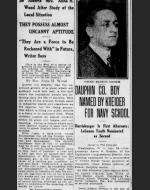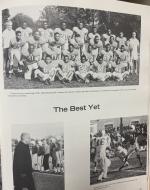Created by Amber Johnson on Sun, 06/11/2023 - 12:37
Description:
The origin of these images span the 1900's detailing the changing demographics of children enrolled in the Harrisburg School District. Pictures of Harrisburg High School's yearbook were captured by Amber Johnson, authorized to be taken by Eric Turman, superintendent of the Harrisburg School District, from their archives housed at Cougar Academy.
During the 1900’s quality education was highly sought-after by the residents of Harrisburg, Pa and education reform was on this rise. African American educators were appointed to school boards and Civil rights pioneers worked with educational reformers to integrate black children into white schools in 1879, significantly increasing access to secondary education for black and brown minorities. The immigration population within the city was on the rise during this period, primarily consisting of farmers and laborers looking for a steady source of work to send money back home to their families. Poor immigrants and most African Americans within the city of Harrisburg shared the same neighborhoods and schools during the early 1900’s. By the late 1900’s this dynamic changed significantly due to redlining.
In 1935, the Home Owners’ Loan Corporation sent representatives to survey the city of Harrisburg on behalf of the Federal Housing Administration. The survey was comprised of property information and population demographics of Harrisburg and its surrounding communities. Based on the survey, the city was divided into zones with four different risk levels, “Best”, “Still Desirable”, “Definitely Declining”, and “Hazardous”. These risk levels were used as a guide for federally insured mortgage loans and to ensure proper housing standards and conditions. Communities were rewarded based on their racial profile. The survey and classification of Harrisburg is called redlining, referring to the redlines drawn on the map of the city. During this time, deeds were drawn up on the West Shore, dating back to 1929, restricting any person not of Caucasian race to reside on the land. Redlining made home ownership for African Americans extremely difficult, almost impossible. Redlining perpetuated segregation at a time when schools were working to integrate, causing efforts to regress. To date, according to the U.S. Department of Education report of all 50 states, Pennsylvania has the widest gap in funding between poor school districts and wealthier ones. Students in the poorest districts receive 33% less funding than the wealthier districts.
William Penn and John Harris High Schools were opened in 1926, already racially integrated. The school’s population is unsteady, declining by more than 500 students by the 1950’s. New real estate began popping up in Susquehanna and Lower Paxton Township. Residents that could afford it, weren’t prevented from obtaining a mortgage based on their race and were not restricted by the language in the deeds flooded these neighborhoods. In 1970, Harrisburg School District passed a busing law to enforce desegregation, because most of black children lived in the center of the city and most white children resided on its borders. This was the final push causing a flurry of white flight to the bordering neighborhoods just outside the city.

